Hi Lionel,
At first Holden clutches were the most likely used - particularly with the Johnson kit from Geelong. Their kits were very well made and marketed throughout Australia. They are cast and machined steel.
The fabricated and welded steel adaptors made by Roy Sim in Sydney and others used the Vauxhall and a couple of other pressure plates and Land Rover clutch plates. later Roy designed a Holden flywheel that was slightly larger in diameter and would take a standard Land Rover clutch complete.
Cast and machined aluminium adaptors were/are made but were often not made to the tolerances required, similarly machined steel flywheels to use Land Rover clutches glazed up badly and were a failure.
I think all these kits used the Holden Starter Motor.
There were also some early adaptions using a re-drilled original alloy Land Rover 4 cyl engine to flywheel adaptor that did use the Land Rover Starter Motor. I have seen grey Holden, Vanguard and Falcon motors fitted up this way. Don't know how well they were put together and if they lasted.
Glad you are happy with your vehicle that has obviously stood the test of time. Best thing we could do to a Land Rover in the 'seventies. A 186 done properly with either an increased sump capacity or an engine oil cooler, seal up the three holes in the bottom of the distributor, slight adjustments to the carburettor, change the differential ratios to 4.3:1 (from Rover 90s) and get over 17mpg from a 109" !!!

Bob





 Reply With Quote
Reply With Quote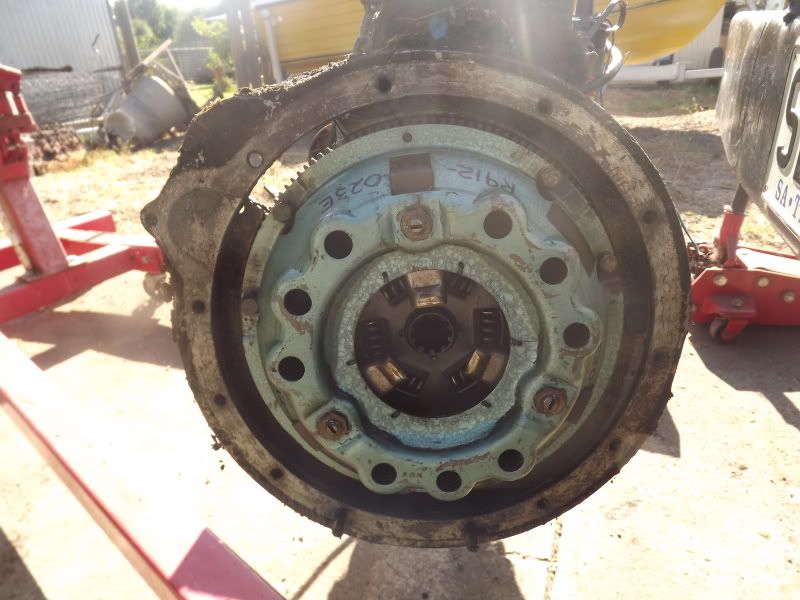
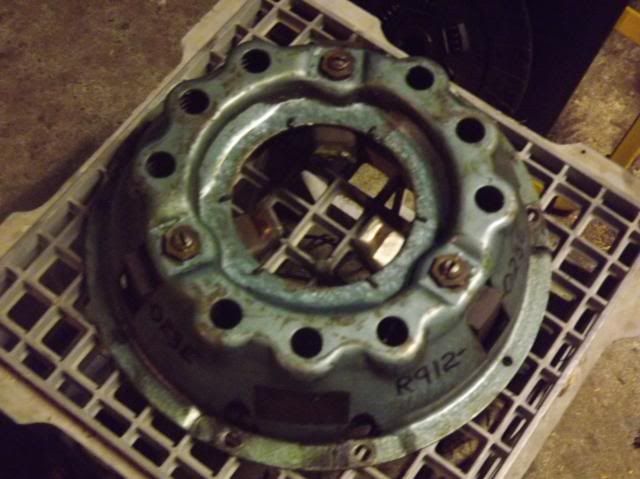
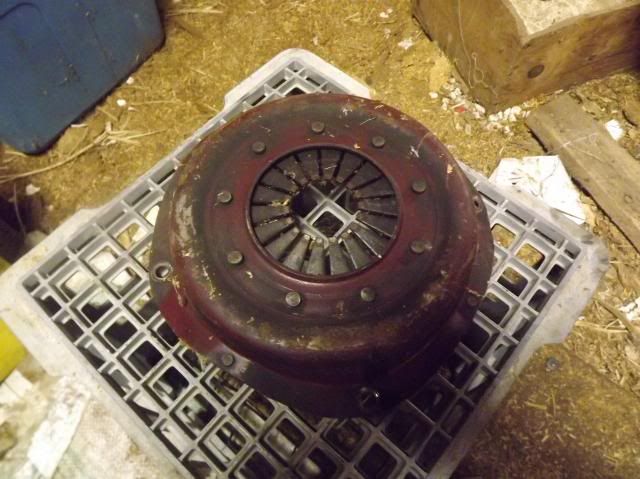

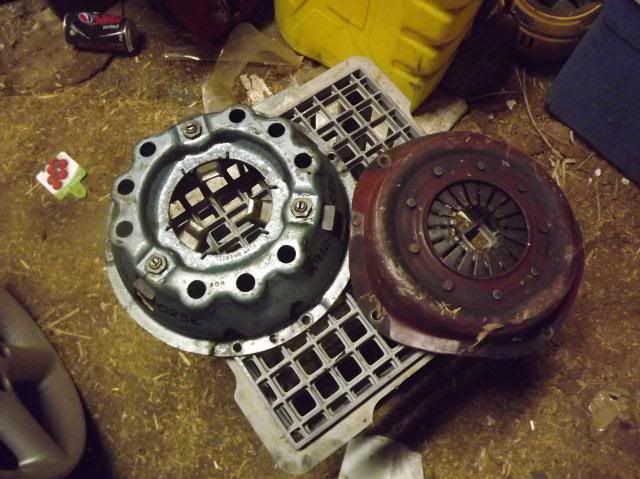

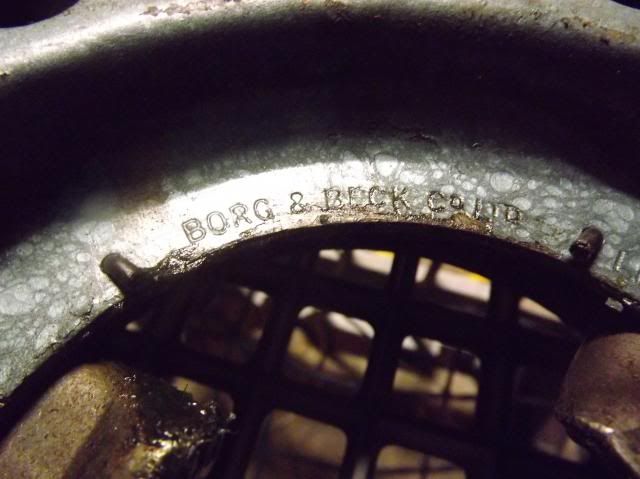
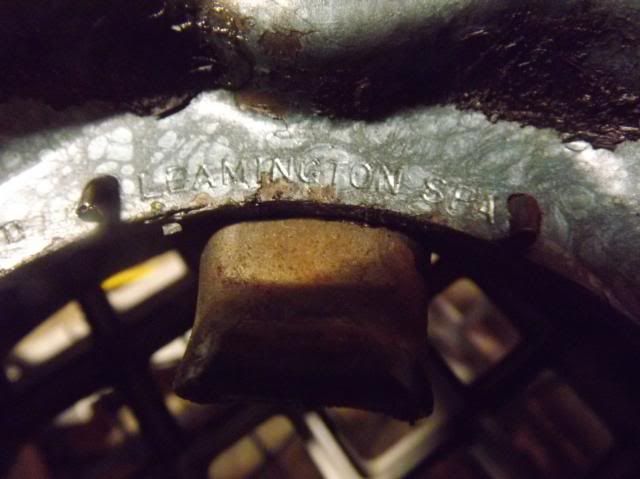
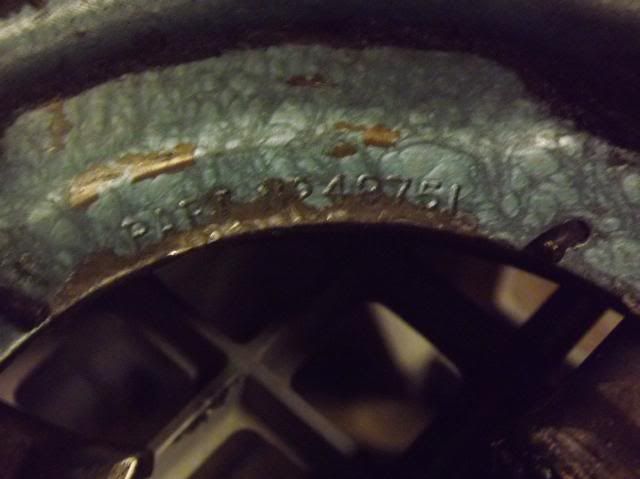

Bookmarks